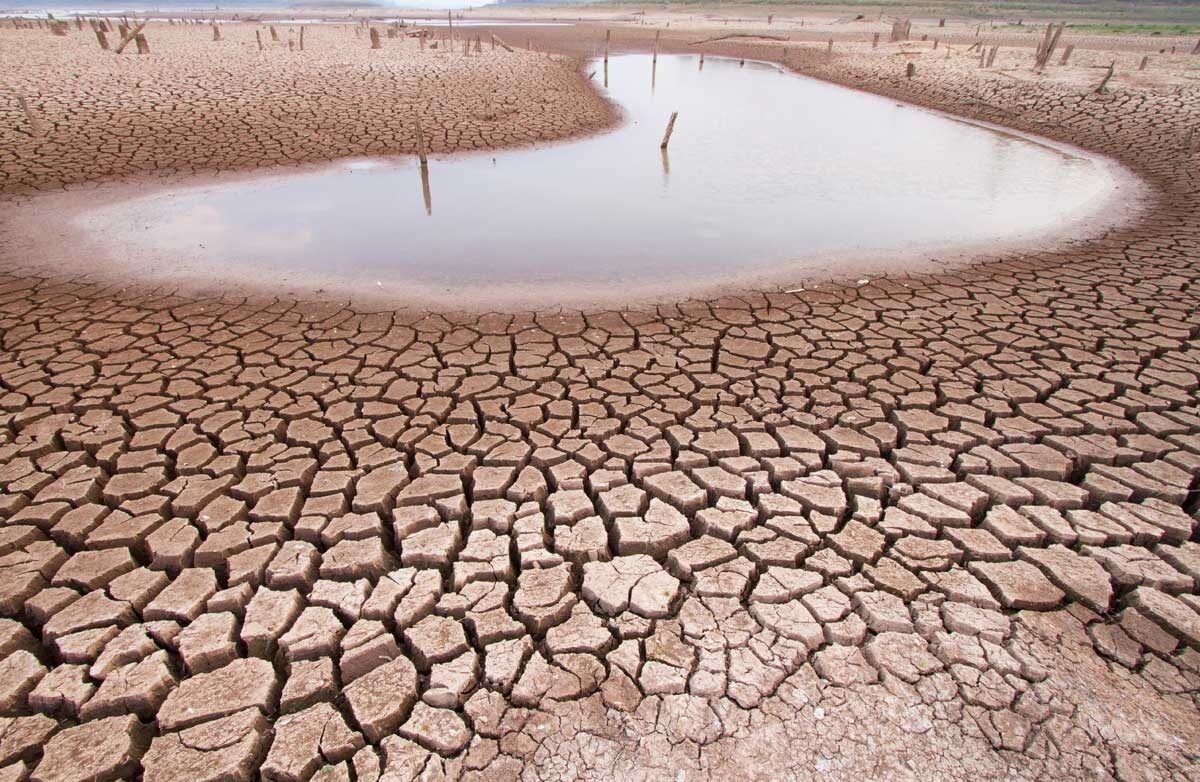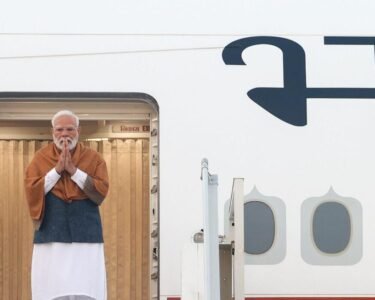Islamabad/New Delhi:
Pakistan is facing a deepening water crisis during the crucial Kharif farming season as its two major reservoirs—Tarbela Dam on the Indus River and Mangla Dam on the Jhelum River—are nearing their dead storage levels, triggering fears of an agricultural and humanitarian disaster. The crisis has intensified following India’s decision to suspend the 1960 Indus Waters Treaty after the Pahalgam terror attack in April.
The development marks a sharp deterioration in Indo-Pak water-sharing relations and could have significant geopolitical and ecological consequences. India has stopped sharing river flow data and, according to Pakistani authorities, has increased dam desilting operations in Jammu and Kashmir, further choking the flow of water into Pakistan.
Water Shortfall Hits Punjab and Sindh
The Indus River System Authority (IRSA), Pakistan’s top water regulatory body, confirmed on Wednesday that the country discharged 11,180 cusecs more water than it received in inflows. Total outflow measured at the key stations—Tarbela (Indus), Mangla (Jhelum), Marala (Chenab), and Nowshera (Kabul)—was 252,791 cusecs, compared to an inflow of only 241,611 cusecs.
This imbalance in the water system is affecting Punjab and Sindh, Pakistan’s two most agriculturally vital provinces that rely heavily on river water from the western tributaries of the Indus Basin System. On the same day last year, Punjab received 143,600 cusecs, but this year, it received only 114,600 cusecs, representing a 20% drop during the start of the Kharif season—an alarming indicator for the country’s food security.
India’s Move Post-Pahalgam Attack
India’s halt of the 1960 Indus Waters Treaty—a landmark agreement brokered by the World Bank which governs the distribution of the Indus River and its tributaries between the two countries—came in the wake of the Pahalgam terror attack in Jammu and Kashmir in April, which New Delhi linked to elements operating from Pakistani soil.
Since then, India has ceased the sharing of hydrological data and stepped up dam desilting and flushing activities in Jammu and Kashmir to enhance its own water storage capacity. While such maintenance operations are legal, the timing and increased scale of these activities have led to sharp criticism from Pakistan.
“India is discharging more water than it is receiving just to sustain its irrigation and drinking water needs, thereby reducing the available flow to Pakistan,” said a Pakistani official. The official warned that farming operations may collapse before the arrival of the monsoon if water flows continue to dwindle.
IRSA Warns of Acute Shortages
In a recent meeting, IRSA’s advisory committee acknowledged a 21% water shortage for the early Kharif season (May 1–June 10), and projected a 7% shortfall for the late Kharif season (June 11–September 30). Officials cited a “sudden decrease” in Chenab River inflows at Marala, attributing it to India’s “short supply.”
Agricultural experts warn that this shortfall will severely hamper the sowing of Kharif crops such as rice, sugarcane, maize, and cotton, which are essential to Pakistan’s economy and food supply. Sindh, a province downstream, has already expressed alarm over inadequate water availability for both farming and domestic use.
Strategic & Diplomatic Fallout
India’s unprecedented move to put the Indus Waters Treaty “in abeyance” is being seen as both a strategic warning and a diplomatic escalation. The treaty had withstood the test of multiple wars and periods of high tension between the two nations since it was signed in 1960.
Legal experts in India argue that under Article VII and VIII of the treaty, India has rights over water usage for certain purposes such as hydropower generation and can pause cooperation in extraordinary circumstances, such as state-sponsored terrorism. However, Pakistan maintains that this suspension violates international norms and risks triggering a humanitarian emergency.
In Islamabad, water management officials are reportedly exploring contingency measures, including increased groundwater pumping and revised cropping patterns. However, such solutions are neither sustainable nor sufficient in the face of a prolonged water crunch.
What Lies Ahead
The next few weeks are crucial. If the water shortage continues unabated, Pakistan could face a full-blown water emergency, putting pressure on its already fragile economy and triggering massive migration from farming communities.
The crisis has also raised questions over the future of the Indus Waters Treaty—long hailed as a symbol of conflict resolution and cooperation between two arch-rivals. With tensions escalating, international mediation may once again be required to prevent a complete breakdown in water diplomacy.
For now, millions of Pakistani farmers and their families wait anxiously—hoping the rains come early, or that diplomacy returns to the table before the crops, and their lives, wither away.







